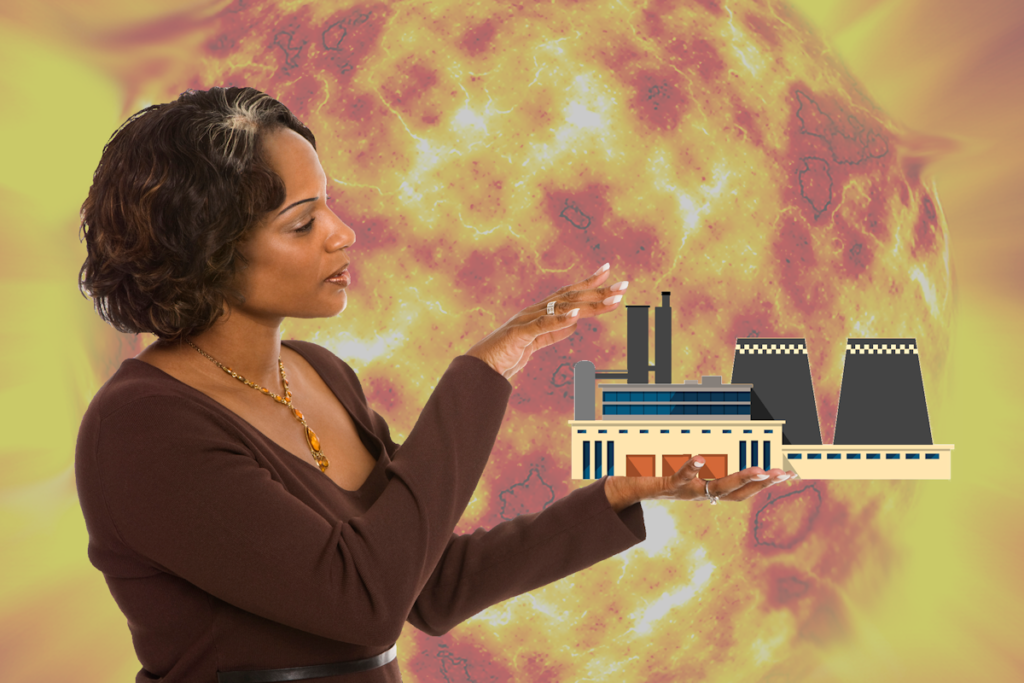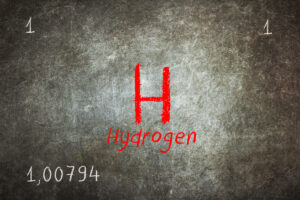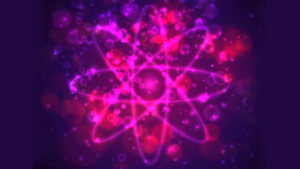Are nuclear power plants the future or the past? Back in the 1950s, when the first wave of commercial reactors was supported by the Atomic Energy Commission, enthusiasm ran high. As I noted in Part One of this article, however, fear, waste, and cost eventually soured the country on nuclear power plants. The fatal blow came in 1979. Journalist Brad Plumer (@bradplumer) explains, “Nuclear suffered a mortal blow after the much-publicized (but nonfatal) meltdown at Three Mile Island in 1979. Every reactor still under construction at the time — 51 in total — suddenly faced major regulatory delays, changes in safety procedures, and new back-fit requirements. Construction times doubled, stretching out past 10 years. Costs went through the roof, past $7,000/kW for some reactors.”[1] Because construction costs are so high, Plumer notes, building new nuclear power plants makes them uncompetitive. He adds, “High upfront costs can also scare off investors.” Although it sounds like the grave has been dug for nuclear power, don’t bury it yet.
Journalist Elena L. Shao (@elenalingshao) reports, “While power companies have stopped building big nuclear reactors because of cost overruns and construction delays, not all utilities are giving up on nuclear power.”[2] Elaborating she writes, “Several U.S. utilities and power consortia — including Energy Northwest, Utah Associated Municipal Power Systems, and PacifiCorp, part of Warren Buffett’s Berkshire Hathaway Inc. — have entered into partnerships with manufacturers to build small modular reactors, or SMRs, attracted to their potential to produce carbon-free, 24-hour-a-day power. Dozens of SMR developers world-wide — ranging from 22-person startup Oklo to Bill Gates-founded TerraPower — are testing designs for the reactors, which have less than a third of the generating capacity of traditional nukes and have components that can be mass-produced in factories.”
Small Modular Reactors
Joanne Liou (@JoanneLiou), who works with the Office of Public Information and Communication at the International Atomic Energy Agency (IAEA), explains, “Small modular reactors are advanced nuclear reactors that have a power capacity of up to 300 MW(e) per unit, which is about one-third of the generating capacity of traditional nuclear power reactors.”[3] She goes on to explain some of the advantages of SMRs:
“Many of the benefits of SMRs are inherently linked to the nature of their design — small and modular. Given their smaller footprint, SMRs can be sited on locations not suitable for larger nuclear power plants. Prefabricated units of SMRs can be manufactured and then shipped and installed on site, making them more affordable to build than large power reactors, which are often custom designed for a particular location, sometimes leading to construction delays. SMRs offer savings in cost and construction time, and they can be deployed incrementally to match increasing energy demand. … In comparison to existing reactors, proposed SMR designs are generally simpler, and the safety concept for SMRs often relies more on passive systems and inherent safety characteristics of the reactor, such as low power and operating pressure. This means that in such cases no human intervention or external power or force is required to shut down systems, because passive systems rely on physical phenomena, such as natural circulation, convection, gravity and self-pressurization. These increased safety margins, in some cases, eliminate or significantly lower the potential for unsafe releases of radioactivity to the environment and the public in case of an accident.”
Another advantage of SMRs is that they can be located closer to where electrical power is required so that extensive power grids aren’t required. Liou also reports, “Power plants based on SMRs may require less frequent refueling, every 3 to 7 years, in comparison to between 1 and 2 years for conventional plants. Some SMRs are designed to operate for up to 30 years without refueling.”
Molten Salt Systems
As Liou mentioned, one of the significant benefits of SMRs is improved safety. Many of the small modular reactors under development use so-called “molten salt” to ensure low operating pressures. One of those designs is being developed by TerraPower, LLC, in partnership with GE Hitachi Nuclear Energy. The company was founded in 2006 by Microsoft founder Bill Gates (@BillGates) and it officially launched in 2008. The TerraPower Natrium™ reactor uses liquid sodium (the company refers to it as “molten salt”), rather than water, to absorb heat so it avoids high pressures associated with disasters like the one at Chernobyl. The company’s website notes, “Natrium™ technology … features a cost-competitive sodium fast reactor combined with a molten salt energy storage system. This unique combination will provide clean, flexible energy and stability, and integrate seamlessly into power grids with high penetrations of renewables. … Today, TerraPower leads a team working to demonstrate the Natrium reactor at a retiring coal plant in Wyoming.” Here’s the rub, it takes years to build new power plants. According to Natrium.com, “The Natrium technology will be available in the late 2020s, making it one of the first commercial advanced nuclear technologies.”
The first molten salt reactor went operational last year in China. At the time, journalist Nick Lavars (@NickLavars) reported the Chinese government built a prototype molten salt thorium nuclear reactor in the desert city of Wuwei.[4] He went on to explain the importance of this new reactor:
“Since the 1940s, scientists have been exploring an alternative known as molten salt reactors, which promise a far safer way forward. In place of uranium and plutonium, these reactors use the widely abundant, silvery metal thorium, which cannot be easily used to make bombs. Furthermore, these reactors would operate in a way that doesn’t pose the same dangers as conventional ones. This is because instead of solid fuel rods, thorium is dissolved in molten salt that is flowed through the reactor at high temperature. In this form the liquid salt acts as a coolant and there is no need for high-pressure water cooling systems, and if there is an accident and the fuel is exposed to air, it quickly cools and turns solid. Compared to a conventional nuclear reactor that can quickly cloud vast areas in radioactive material, this significantly limits the potential contamination of the surrounding environment.”
Lavars leaves the false impression that no uranium or plutonium are used in thorium SMRs. The World Nuclear Association explains, “All thorium fuel concepts require that Th-232 is first irradiated in a reactor to provide the necessary neutron dosing to produce protactinium-233. The Pa-233 that is produced can either be chemically separated from the parent thorium fuel and the decay product U-233 then recycled into new fuel, or the U-233 may be usable ‘in-situ’ in the same fuel form, especially in molten salt reactors (MSRs). Thorium fuels therefore need a fissile material as a ‘driver’ so that a chain reaction (and thus supply of surplus neutrons) can be maintained. The only fissile driver options are U-233, U-235 or Pu-239. (None of these is easy to supply).”[5]
Anytime radioactivity is involved in the generation of electricity, nuclear waste is created. Gregory Barber explains that one of the touted benefits of SMRs is that create less of radioactive waste material. “According to some,” he writes, “they should produce less radioactive waste than their predecessors. A Department of Energy-sponsored report estimated in 2014 that the US nuclear industry would produce 94 percent less fuel waste if it switched to advanced reactors and made more use of recycled fuels.”[6] New studies, however, insist that the tight operating quarters found in SMRs means that more parts will become radioactive over time creating a huge nuclear waste problem. Barber reports a study published by Lindsay Krall, a scientist with Sweden’s nuclear waste company, concluded, “By many measures, the SMR designs produce not less, but potentially much more waste: more than five times the spent fuel per unit of power, and as much as 35 times for other forms of waste.”
Concluding Thoughts
Small modular reactors address two of the greatest concerns about nuclear power generation: safety and cost. Nuclear waste, however, remains a challenge. Countries operating nuclear power plants, including SMRs, need a plan to deal with that waste and most of them don’t really have one. Barber reports, “The US doesn’t have such a plan.” If the United States is going to take advantage of new technologies aimed at protecting the environment, like electric vehicles, nuclear power must be part of the mix. However, before embarking on a new push for nuclear power plants, a plan for dealing with nuclear waste needs to be put in place. Nuclear waste disposal should be at the top of the government’s priority list. Why? Because without nuclear power generation, climate change goals are unlikely to be met. That topic will be discussed further in Part Three of this article.
Footnotes
[1] Brad Plumer, “Why America abandoned nuclear power (and what we can learn from South Korea),” Vox, 29 February 2016.
[2] Elena L. Shao, “Utilities Eye Mini Nuclear Reactors as Climate Concerns Grow,” The Wall Street Journal, 2 August 2021.
[3] Joanne Liou, “What are Small Modular Reactors (SMRs)?” International Atomic Energy Agency, 4 November 2021.
[4] Nick Lavars, “China adding finishing touches to world-first thorium nuclear reactor,” New Atlas, 20 July 2021.
[5] Staff, “Thorium,” World Nuclear Association, November 2020.
[6] Gregory Barber, “Smaller Reactors May Still Have a Big Nuclear Waste Problem,” Wired, 2 June 2022.





